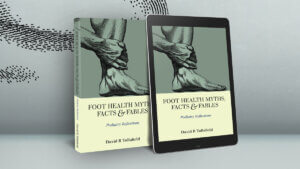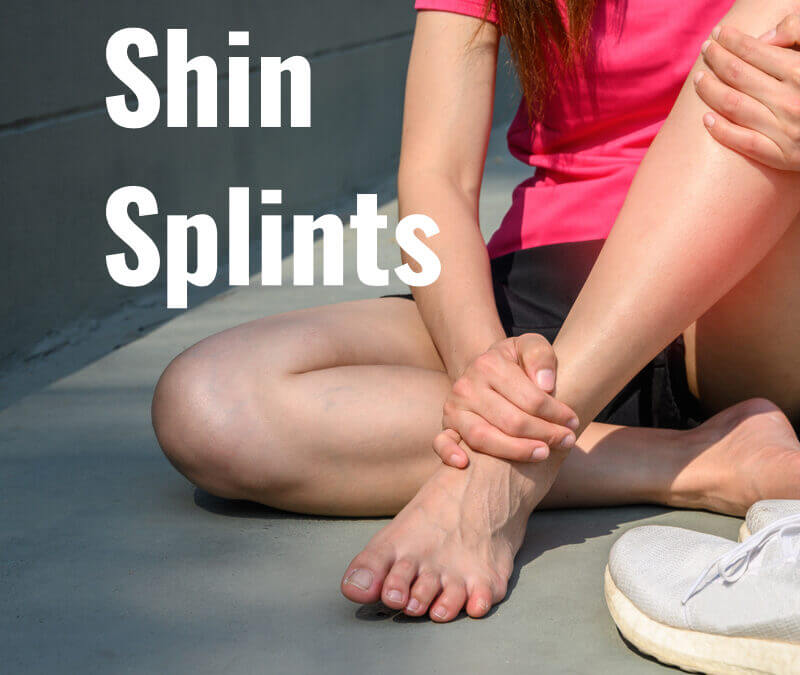Mechanics of Shins Splints and Tendon Dysfunction
Please accept my apologies, as this article has been removed and is subject to new publication by the author in 2026. You will find shin splints discussed in Tollafield’s An Introduction to the Foot.
More Books from the author
Why not read Tollafield’s Foot Health Myths Facts & Fables, available from Amazon books? Ebook and paperback versions are available.

Published by Busypencilcase Communications & Publications. Est. 2015 for ConsultingFootPain




Recent Comments